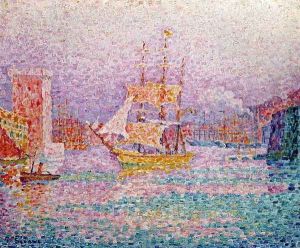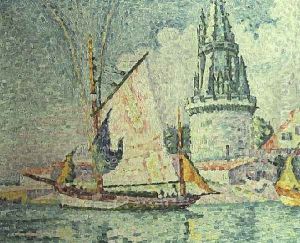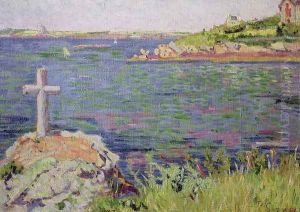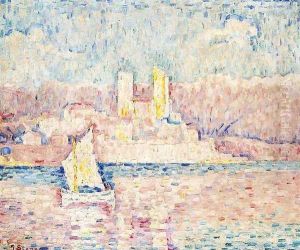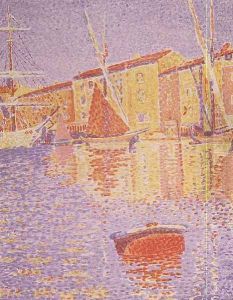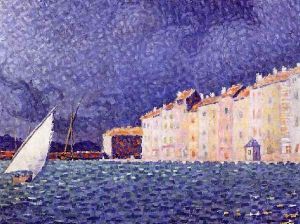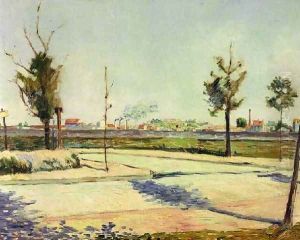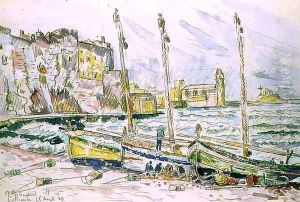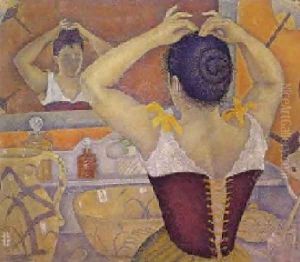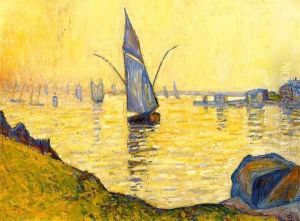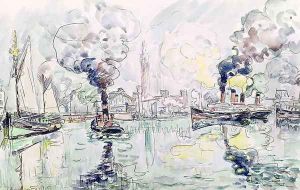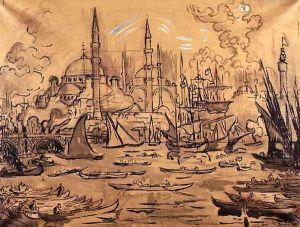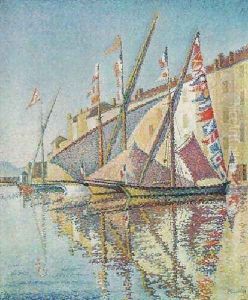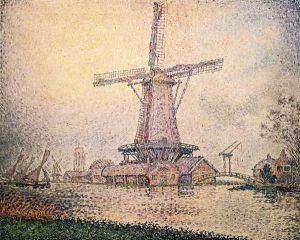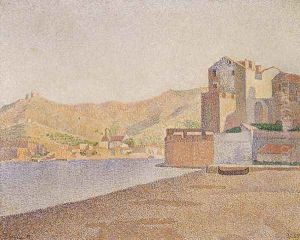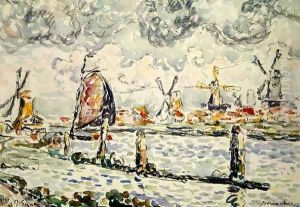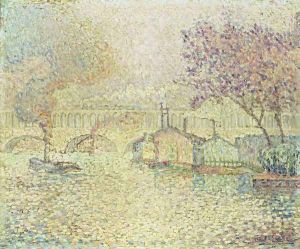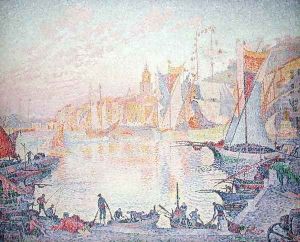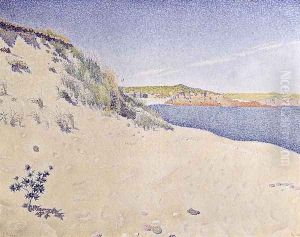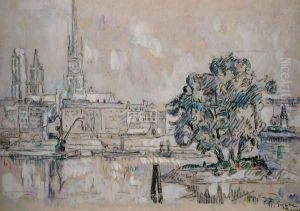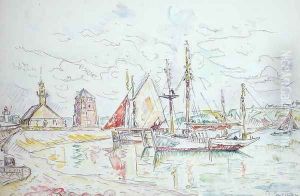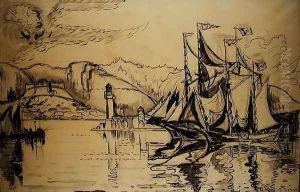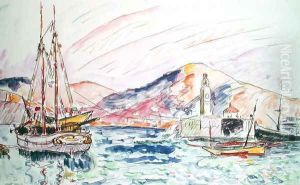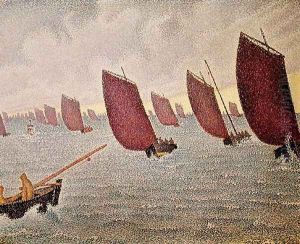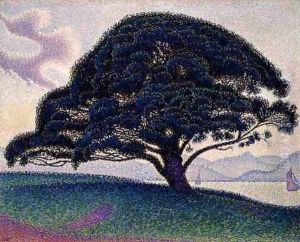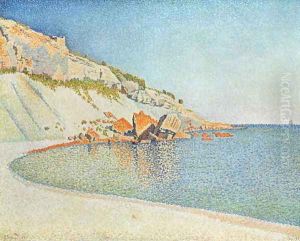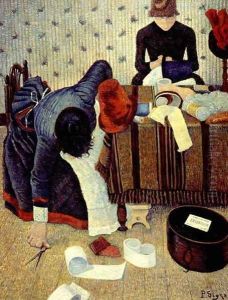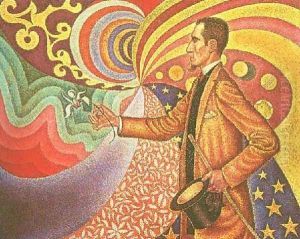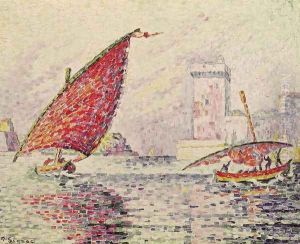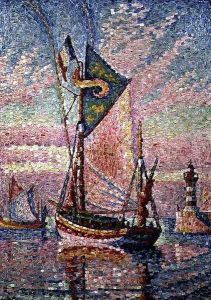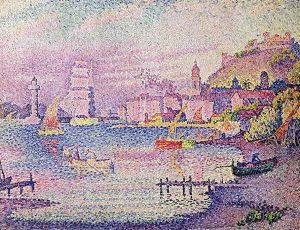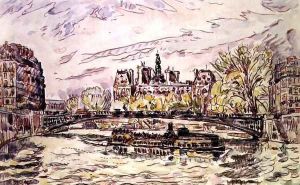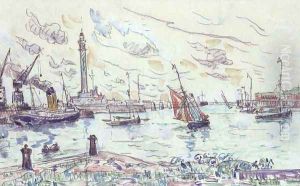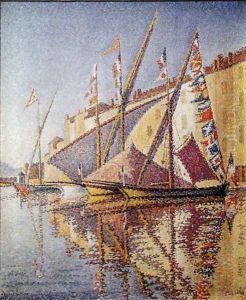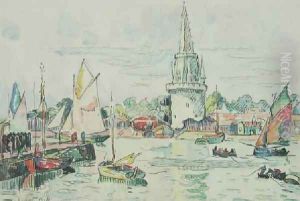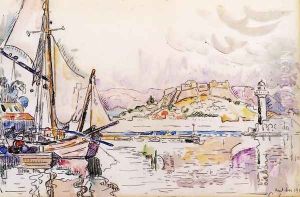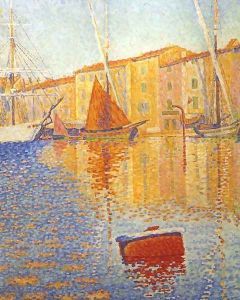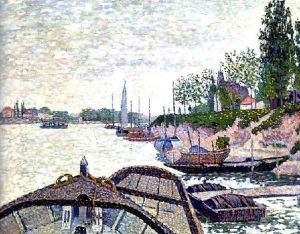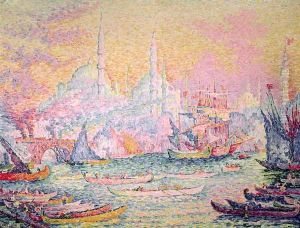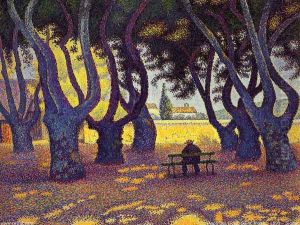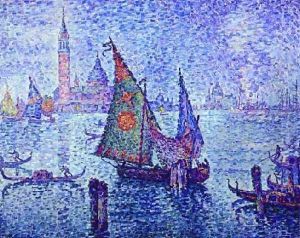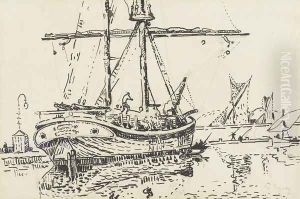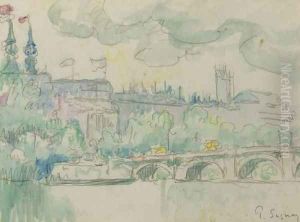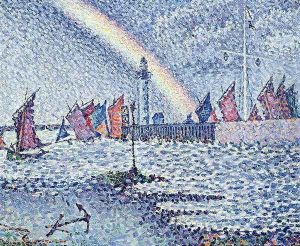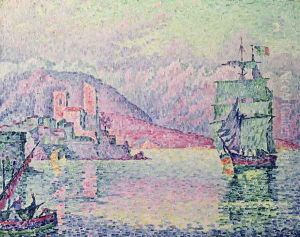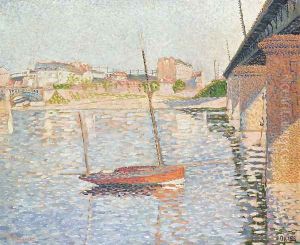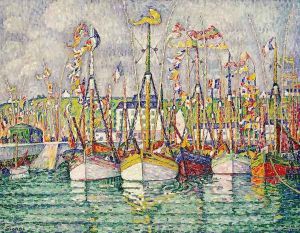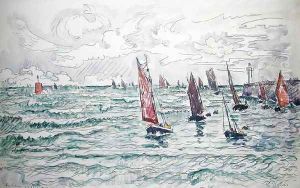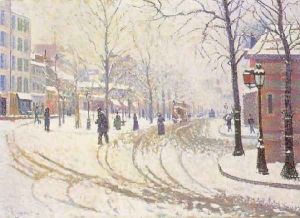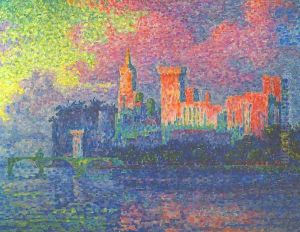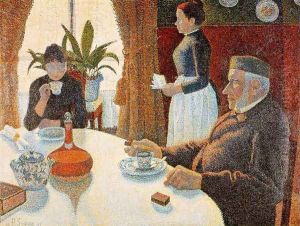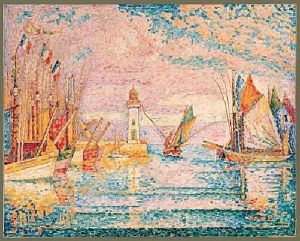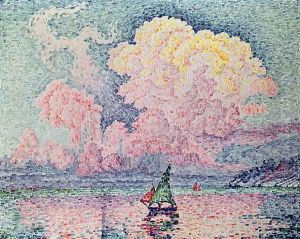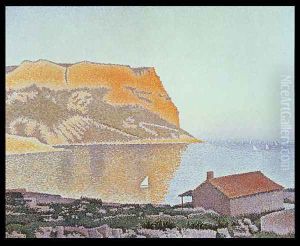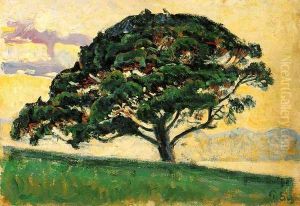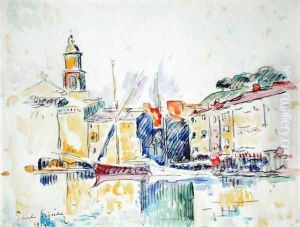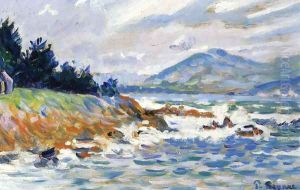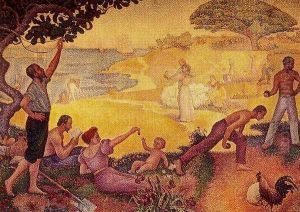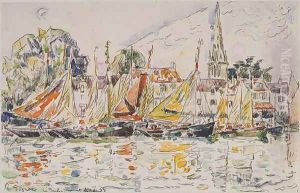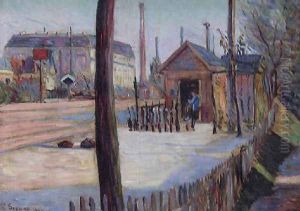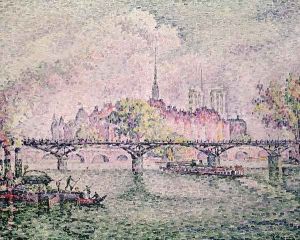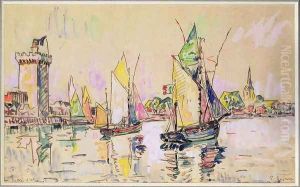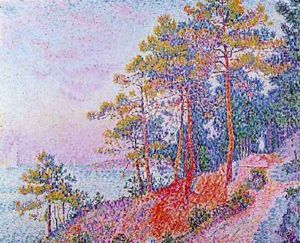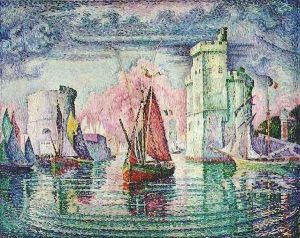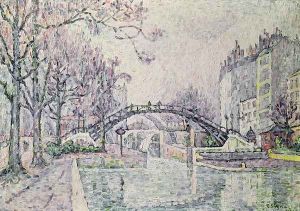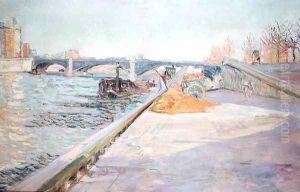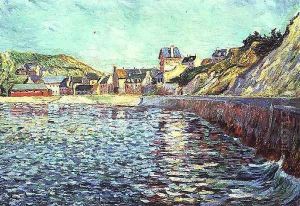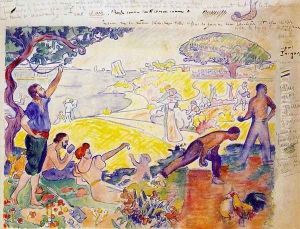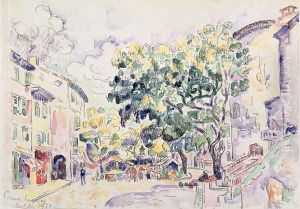Paul Signac Paintings
Paul Signac was a French Neo-Impressionist painter born in Paris on November 11, 1863. He is best known for his role in developing the Pointillist style, alongside Georges Seurat, with whom he shared a strong interest in color theory and the scientific application of colors to create visual harmony in art.
Signac was initially influenced by the work of Claude Monet and the Impressionists, which is evident in his early works that display a vibrant use of color and light. However, his artistic direction dramatically changed after he met Georges Seurat in 1884. Under Seurat's influence, Signac began to explore the divisionist technique, which involved applying small distinct dots of color to the canvas, a method that later became known as Pointillism.
Throughout his career, Signac was dedicated to exploring the optical effects of color and the systematic arrangement of colors based on the theories of Charles Henry and other color theorists. His works often depicted the French coastline and maritime scenes, as well as urban landscapes and the daily lives of Parisians. Signac's compositions are characterized by a joyful luminosity and a harmonious mosaic of colors.
Signac was not only a pivotal figure in the development of Pointillism, but he was also an influential mentor and supporter of younger artists. He helped to foster the careers of artists such as Henri Matisse and was a founding member of the Salon des Indépendants, an exhibition society that promoted the work of avant-garde artists and provided an alternative to the traditional Salon.
In addition to painting, Signac authored several works on the theory and practice of painting. He was deeply involved in anarchist politics, which occasionally influenced the themes of his work. Over time, Signac moved away from strict Pointillism and developed a more free and lyrical style, which nonetheless retained his signature vibrant palette and interest in optical effects.
Signac's innovative techniques and his commitment to color harmony had a significant impact on the development of modern art, influencing the subsequent movements of Fauvism and Abstract Art. He continued to paint and exhibit his work until his death on August 15, 1935, in Paris. Signac left behind a rich legacy as a key proponent of Neo-Impressionism and as an artist whose work continues to be celebrated for its brightness, optimism, and beauty.
